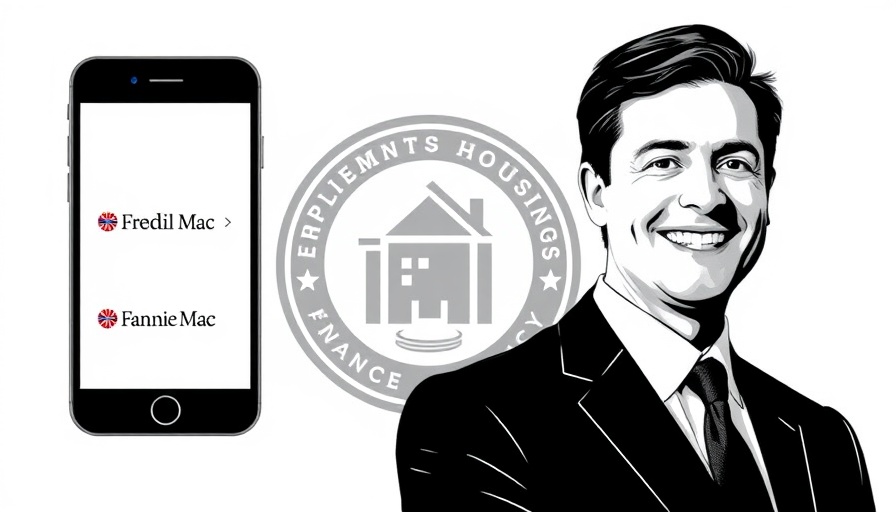
Bill Pulte Addresses Threatening Communications from Arrested Former Employee
In a recent communication via social media, Bill Pulte, the Director of the Federal Housing Finance Agency (FHFA), revealed that he has been receiving continued contact from Maria Del Carmen Lopez Lozano, a former Freddie Mac employee arrested for making bomb threats against the company. This troubling news follows Lozano’s arrest on March 26, where she was charged with making a bomb threat and trespassing after posting alarming threats on social media.
A Timeline of Events That Raised Concerns
The unfolding events began when Lozano, after being terminated, took to social media to express her frustrations in an alarming manner. On March 25, she warned that she would "blow up this mother ****** building at Freddie Mac so people know that this is real and not fake." The following day, following a traffic stop, she was apprehended by local authorities after making similar threats during a livestream. Her erratic behavior raised immediate concerns about her mindset and the potential danger she posed.
Law Enforcement’s Role and Intervention
Pulte publicly acknowledged the law enforcement agencies' rapid response, thanking them for their protective measures. Although it remains unclear whether his gratitude was directed towards the initial arrest or recent interactions with Lozano, the case highlights the crucial role of law enforcement in addressing threats to safety in corporate environments.
The Impacts of Workplace Turmoil on Safety
This incident also sheds light on broader issues surrounding workplace safety for employees, particularly in high-stakes environments like Freddie Mac, which plays a pivotal role in housing finance across the U.S. Pulte's recent actions within Freddie Mac, including the dismissal of top executives and mandated return to in-person work, underscore the ongoing shifts within the organization. While addressing internal issues, the overriding priority must remain ensuring the safety and well-being of all employees.
Understanding the Motivation Behind Threats
Lozano's threats and mental state raise important questions about the motivations behind such actions. Social media has become a platform for individuals to express grievances, yet it can also amplify distressing tendencies in people feeling marginalized or wronged by their employers. It’s unclear what specifically drove Lozano to this extreme, but her claims of not being paid for two years suggest a deep frustration that should not be overlooked.
Future Implications for Corporate Communications
Your understanding of such incidents can serve as a catalyst for improving policies and practices around workplace stress and mental health. Future strategies could involve more robust employee support systems, immediate mental health resources, and transparent communications from management to preempt issues before they escalate. Creating a culture of open dialogue may reduce misunderstandings and prevent explosive scenarios from occurring.
As companies navigate the aftermath of such threats, it is essential to independently evaluate and respond to workplace environments where employees feel disconnected or aggrieved. Fostering psychological safety in the workplace could mitigate risks and safeguard staff and assets.
Given these insights, businesses, particularly in the real estate sector, should reassess their internal channels for addressing employee concerns and preventing crises like these from unfolding. It’s crucial for organizational leaders to take proactive measures to ensure a transparent and healthy work environment for every employee.
 Add Row
Add Row  Add
Add 




Write A Comment